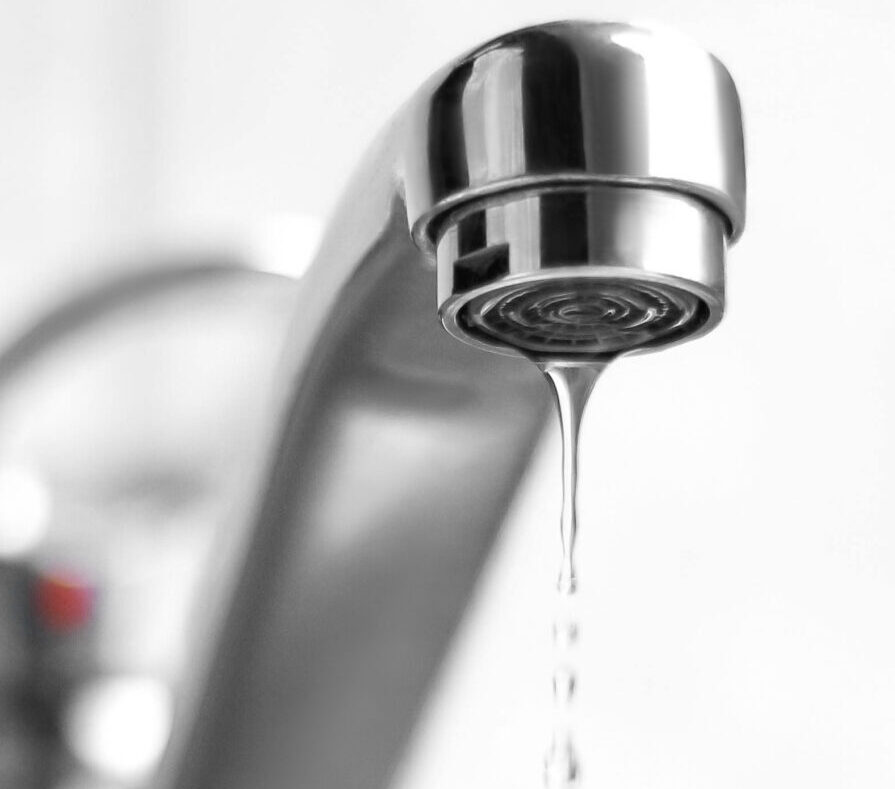
As temperatures drop and the winter season settles in Texas, the last concern a homeowner wants is having to deal with a burst pipe in their home. Winterizing your pipes will help save them from bursting and keep your plumbing prepared for any difficult days the weather in Texas brings!
Before the harsh winter season drops over our fellow Texans, learn how to prepare for the upcoming freezing weather and be ready for the chilly outdoors without frozen pipes! If your pipes are showing leakage or you are in need of regular plumbing repair, look no further than Mr. Plumber! Let us fix it right for our San Antonio community!
Signs Of Winter Pipe Damage
Every year winter rolls around, there’s an ongoing concern over whether or not your piping is ready for the steep temperature drops. If your piping is already damaged or you want to fix your plumbing before the freezing cold settles in, you should reach out to our team!
Water Leaks
The easiest damage for a homeowner to find is water leakage in the home. Look at your ceilings often and check rooms that call for more water — like bathrooms and the kitchen — to make sure that all piping and fixtures are running smoothly.
Discoloration Of Metal
A good way to tell if your system is up to date and safe to use is by making sure that no odd coloring is on the pipes, especially if they’re entirely metal. Always look out for signs of rusting or any leaks that could lead to costly breaks and damage.
Cracking In The Pipes
Usually, if your pipes are in need of fixing or weatherizing, you can always do a quick lookover to see if there are any cracks present. If you commonly pour cooking oil, drain cleaners or other harsh substances down your drains, there’s a high chance that there are pipe cracks in your plumbing system. Pay attention to your pipes and always contact Mr. Plumber if you need assistance with repairs or inspections.
How To Prepare Plumbing For The Cold
Knowing what to look for with damaged pipes is very important to every homeowner, but what about being prepared beforehand for the winter season? This is where your own winterizing can come in handy for the next harsh Texas freeze.
Seal Leaks And Gaps
Identify and seal any gaps or cracks in your home’s exterior that could allow cold air to reach your plumbing. Check for openings around windows and doors and use caulk or weather-stripping to seal these gaps. By preventing cold air from entering your home, you can reduce the risk of your indoor pipes freezing. Focus on areas where pipes are located close to the outside walls.
Insulate Your Pipes
If you’ve been through enough harsh winters in Texas, you would know the importance of having old towels or insulation sleeves at the ready for the winter. In both indoor and outdoor settings, pipes should be insulated to help prevent cold air from attacking the pipes and causing them to be damaged. Consider installing insulated faucet covers on any outdoor faucets to provide extra protection.
Drip Faucets
When the steep fall of temperatures comes in, leave the faucets in your home dripping slowly throughout the night. It helps keep the water moving and it can possibly prevent water from freezing in the pipes and bursting. Remember, early preparation is key to preventing costly damage caused by frozen and burst pipes.
Mr. Plumber Is Here For You
As we enter the unpredictable cold of Texas winter, plumbing repair and winterizing should be the most important steps to help combat this cold. Don’t leave your home exposed to the risk of burst pipes this season! Follow steps to help prevent it and live through the winter comfortably.
When you’re ready to have our plumbing experts come to your home and look over your pipes for the upcoming winter, don’t hesitate! Prepare your plumbing system for this year’s winter and for other plumbing needs with Mr. Plumber. Book your appointment with us today!

